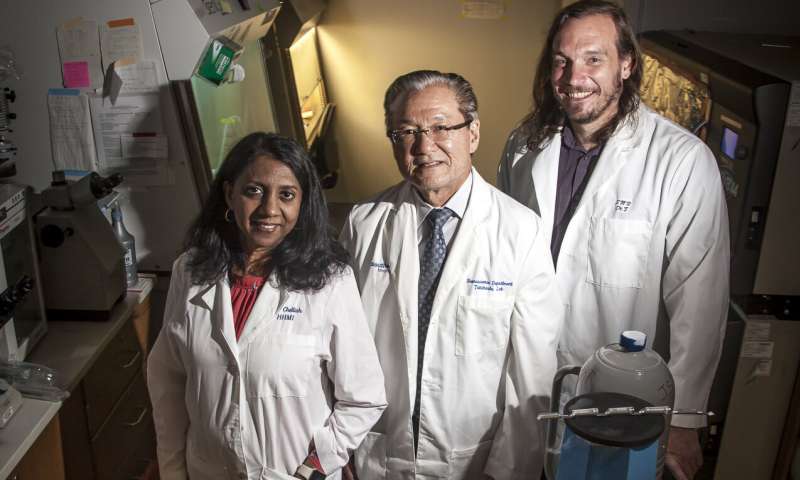Originally Posted: September 12, 2019
Migratory birds are known to rely on Earth’s magnetic field to help them navigate the globe. And it was suspected that a protein called cryptochrome, which is sensitive to blue light, was making it possible for birds to do this.
Yet many of these animals are also known to migrate at night when there isn’t much light available. So it wasn’t clear how cryptochrome would function under these conditions in birds.
A new study led by UT Southwestern Medical Center in collaboration with SMU (Southern Methodist University), though, may have figured out the answer to that puzzle.
Researchers found that cryptochromes from migratory birds have evolved a mechanism that enhances their ability to respond to light, which can enable them to sense and respond to magnetic fields.
“We were able to show that the protein cryptochrome is extremely efficient at collecting and responding to low levels of light,” said SMU chemist Brian D. Zoltowski, who was one of the lead authors of a new study on the findings. “The result of this research is that we now understand how vertebrate cryptochromes can respond to very low light intensities and function under night time conditions.”
The study was published in the journal PNAS in September.
Cryptochromes are found in both plants and animals and are responsible for circadian rhythms in various species. In birds, scientists were specifically focused on learning more about an unusual eye protein called CRY4, which is part of a class of cryptochromes.

The lab of Joseph Takahashi, a circadian rhythms expert at UT Southwestern Medical Center, worked with other UT Southwestern scientists to purify and solve the crystal structure of the protein—the first atomic structure of a photoactive cryptochrome molecule from a vertebrate. The lab of Brian Zoltowski, an expert in blue-light photoreceptors, studied the efficiency of the light-driven reactions—identifying a pathway unique to CRY4 proteins that facilitates function under low light conditions. READ MORE